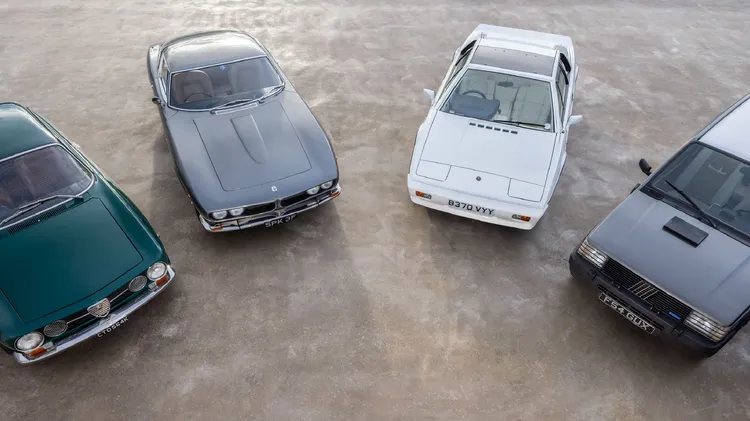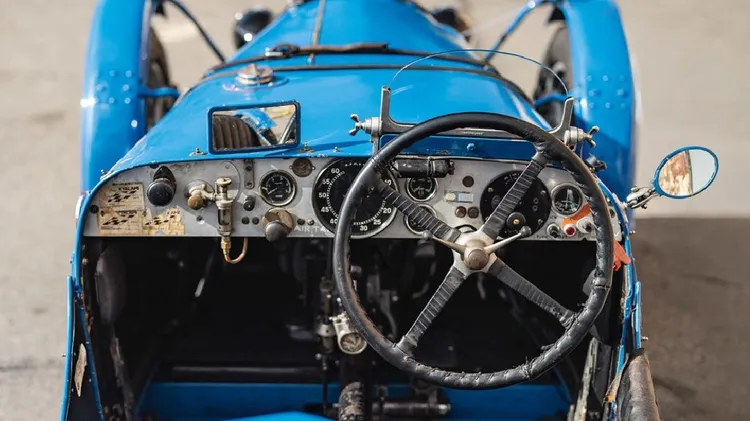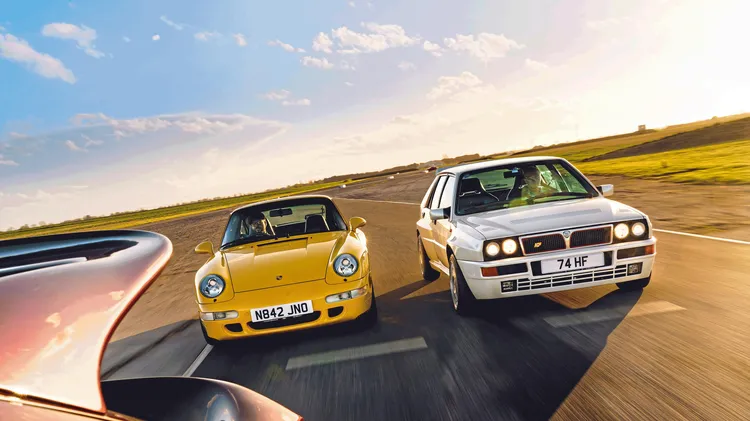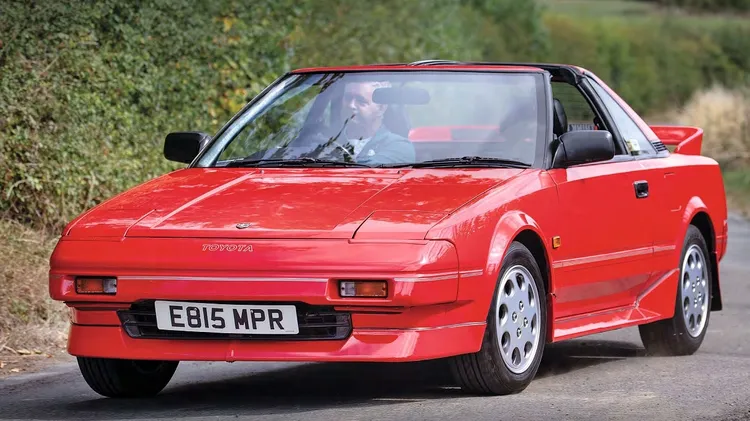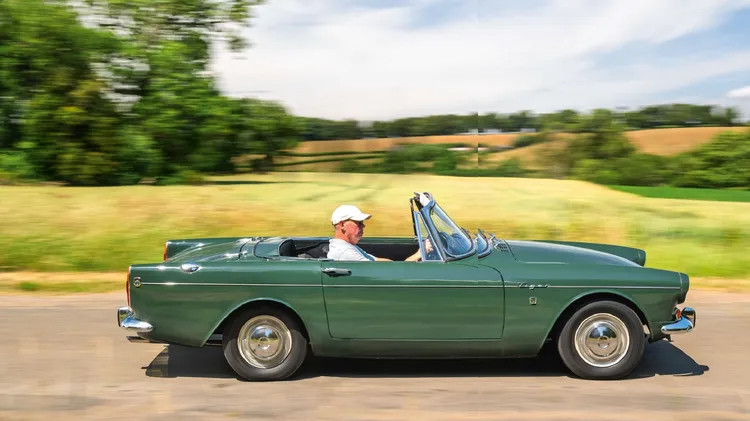Alejandro de tomaso rescued maserati from the wreckage of the fuel crisis and based the new kyalami on a car of his own marque. richard heseltine says the surgery worked
8 min read
This article is from...
Read this article and 8000+ more magazines and newspapers on Readly

